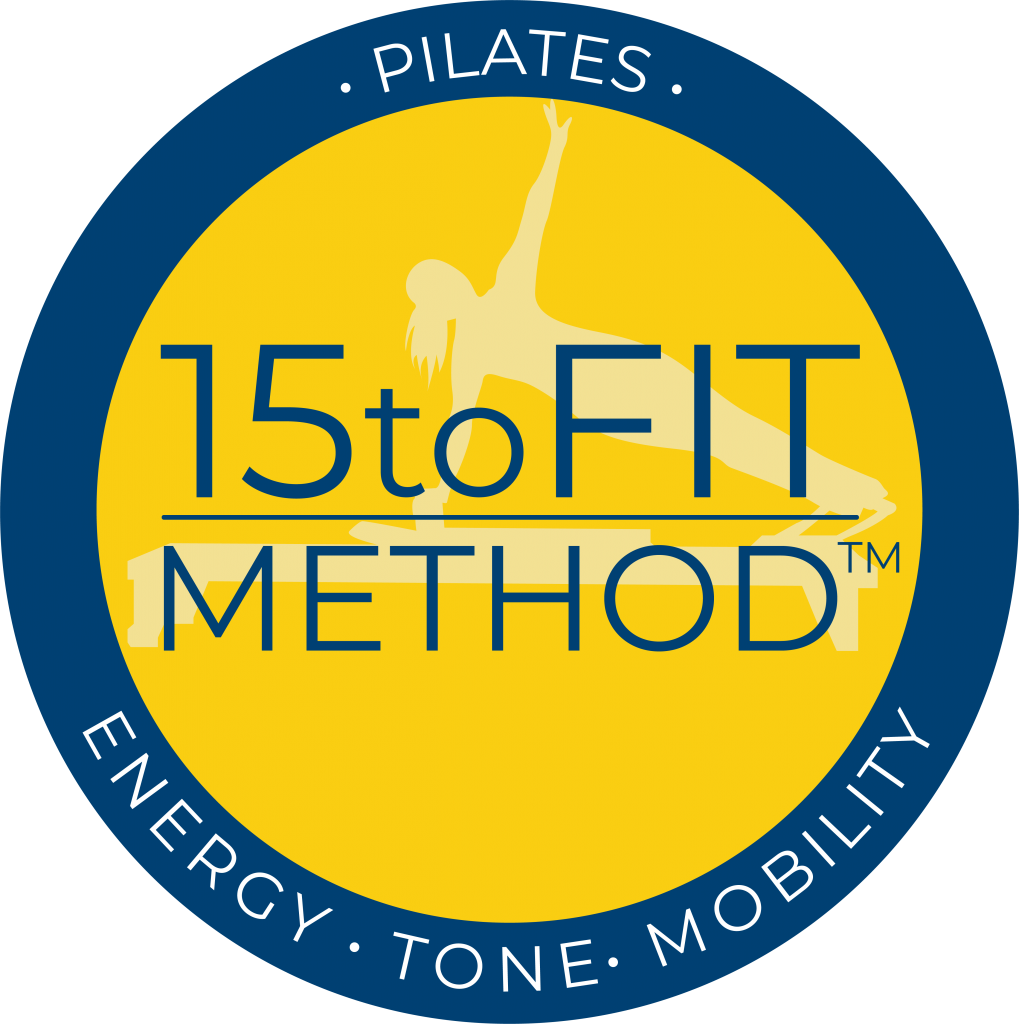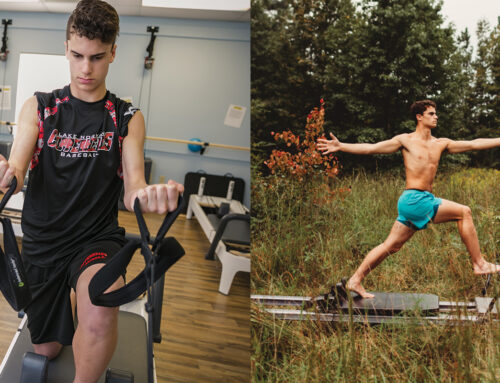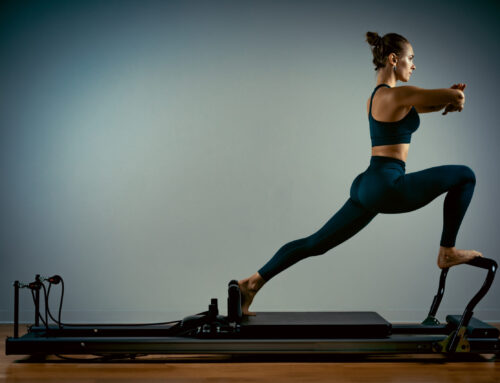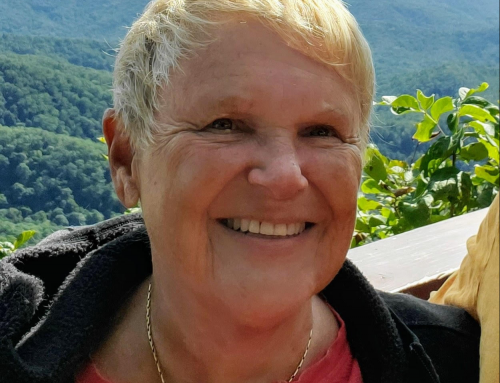Provided by our instructor, David
Joseph H. Pilates didn’t know about the role fascia plays in our health and movement. Like most educated men of the early 1900’s, he probably thought of fascia as unimportant or viewed this fibrous material that spreads throughout our whole body as mere packing material covering the important stuff like our organs, muscles, and bones. Back then when cadavers were dissected, the fascial material was simply pulled out and thrown away. Now researchers and movement specialists alike understand the significant role that the fascia, your connective tissue system, plays in movement and healthy living.
What is fascia? Fascia is the fibrous web of connective tissue that covers and penetrates all our internal organs, spinal column, muscles, bones, blood vessels, nerves…EVERYTHING! If you were to somehow vaporize all the parts of the body except the fascial system, you would be left with a hollow 3-D model of the body and its internal parts. As such, healthy fascia provides the structural integrity and protection throughout our body and allows our different parts to move and glide across each other without friction so we can move freely and with ease. When there is a lack of hydration in the tissue, “tightness” or restrictions develop in one area of the fascia and the body begins to experience discomfort in that area (or another since it’s all connected). Limited movement patterns and even pain can develop over time.
Joe didn’t know this about fascia explicitly, but he understood the connectedness of our many parts and the value of a consistent exercise program that uniformly conditions the body to create an integrated whole. Current research shows we receive the benefit of not only a stronger core from Pilates, but also improvements in the quality and function of our fascia from consistently doing Pilates. Today researchers agree that moving the body in different positions and through different planes of movement promotes optimal conditioning of the fascia. That’s exactly what we do in Pilates! Could this be what Joseph Pilates felt intuitively within his own body and why Pilates is done in a variety of positions lying sitting, standing, kneeling, all fours, sidelying, etc?
Joe didn’t know about the thoracolumbar fascia either, I’m assuming. However, researchers now understand that restrictions in the thoracolumbar fascia often contribute or even cause lower back tightness and even pain. This large, thin, diamond shaped section of fascia behind the spine extends roughly from the lower back up beyond the middle back.Several back and abdominal muscles attach to this area of fascia. Both the “QL” (quadratus lumborum) and “lat” (latissimus dorsi) muscles are often implicated in muscle-related low back pain and both connect to the thoracolumbar fascia, along with our transverse abdominals and internal oblique abdominals. As such, the thoracolumbar fascia plays a huge role in healthy spinal movement and keeping our backs pain free as it acts as a link between our back muscles, abdominals and core to support and stabilize our spine.
Joseph Pilates knew that a healthy spine was key to being active and feeling youthful so he purposefully included exercises that move the spine in all it’s ways – forward flexion, rotation, extension, and side bending to keep the spine supple and strong. These movements not only mobilize the spine through different planes of movement, but when combined with proper breathing, also act on the thoracolumbar fascia (via the diaphragm which also connects to the transverse abs and QL) to create a supportive, stabilizing effect on the lower back. Yes, all the reaching, twisting, and bending inherent in Pilates not only keeps our muscles and spine flexible, but also helps the fascia keep its “muscle-like” recoil. This recoil function of fascia is doubly important as the energy or load from our lower body is transferred via the thoracolumbar fascia to the upper body with every step and jump we take!
No, Joe didn’t know the latest studies or research on fascia then, but intuitively developed a system that conditions the mind and body, along with the added benefit of improved fascial health.Clearly a brilliant man, he was ahead of his time. Today his comprehensive system to condition, rejuvenate, and rehabilitate the body continues to grow in popularity around the world and those who practice it continue to discover and reap its many benefits.






